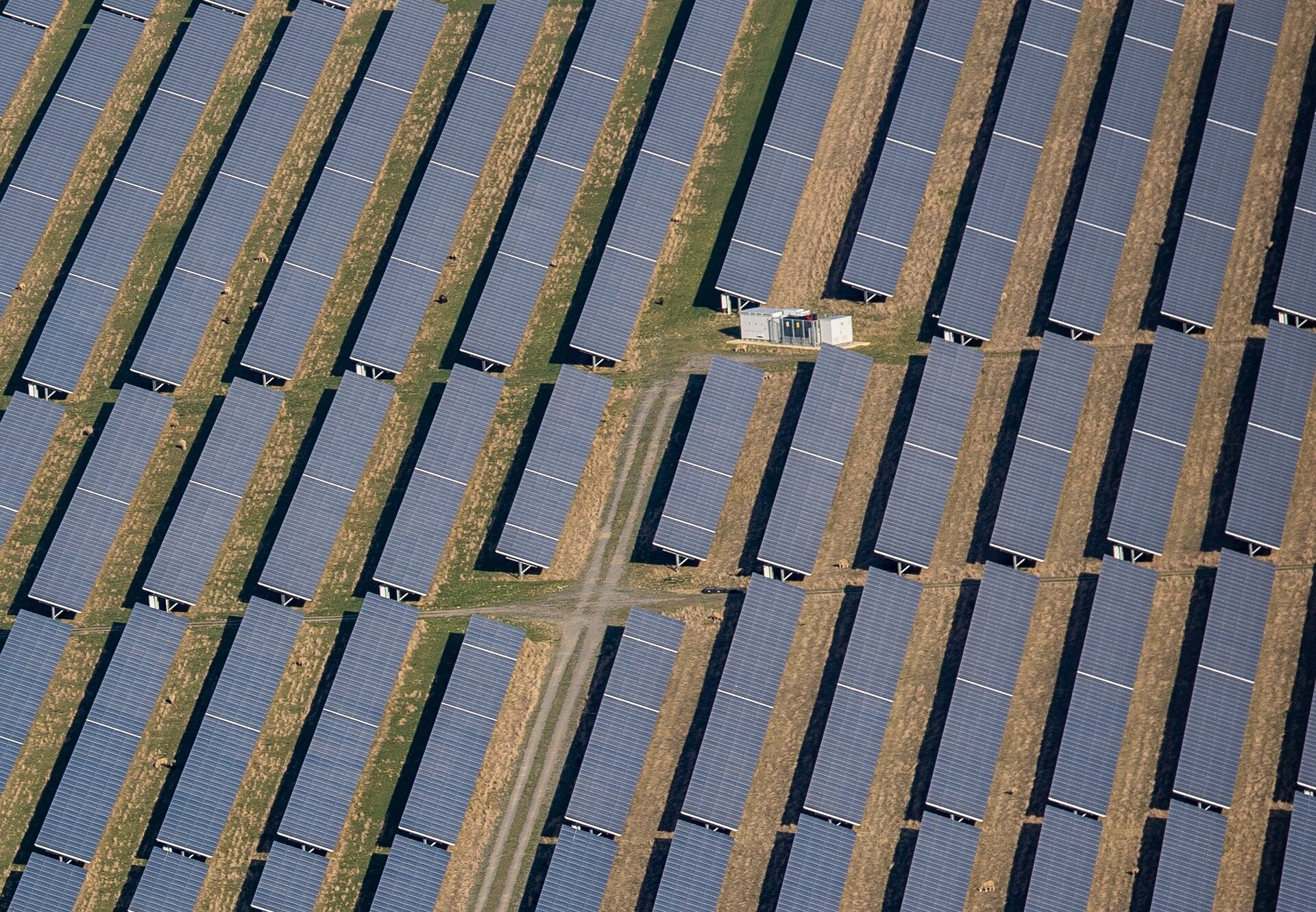- Hurricane Helene makes landfall in Florida, moves to Georgia: What we know
- Independent journalist publishes Trump campaign document hacked by Iran despite election interference concerns
- 10 things to watch in the stock market Friday including a bullish call on Best Buy
- Why JPMorgan Chase is prepared to sue the U.S. government over Zelle scams
- Key Fed inflation gauge at 2.2% in August, lower than expected
What do you believe is the single most important factor driving up the cost of living in Nigeria?

Organic supramolecular crystals with high hydrogen storage performance could enhance fuel-cell vehicle efficiency
Hydrogen is often seen as the fuel of the future on account of its zero-emission and high gravimetric energy density, meaning it stores more energy per unit of mass compared to gasoline. Its low volumetric density, however, means it takes up a large amount of space, posing challenges for efficient storage and transport.
In order to address these deficiencies, hydrogen must be compressed in tanks to 700-bar pressure, which is extremely high. This situation not only incurs high costs but also raises safety concerns.
For hydrogen-powered fuel-cell vehicles (FCVs) to become widespread, the US Department of Energy (DOE) has set specific targets for hydrogen storage systems: 6.5% of the storage material's weight should be hydrogen (gravimetric storage capacity of 6.5 wt%), and one liter of storage material should hold 50 grams of hydrogen (a volumetric storage capacity of 50 g L‒1). These targets ensure that vehicles can travel reasonable distances without excessive fuel.
Despite advancements in surpassing the DOE's gravimetric target, many adsorbent materials still struggle to meet volumetric capacity needs, and few can balance both volumetric and gravimetric targets. From an industrial standpoint, volumetric capacity is more crucial than gravimetric capacity, as vehicle storage tanks have limited space.




- September 25, 2024
Vivo Energy Ghana achieves outstanding safety milestone


- September 27, 2024
Study shows US can cut greenhouse gas emissions by 65% by 2035

- September 25, 2024
Startups are using ‘rock dust’ to make agriculture carbon friendly

- September 25, 2024
Innovative electrolytes could transform steelmaking and beyond



- September 25, 2024
We are on track to settle Trafigura debt despite circulating misconceptions


- September 25, 2024
How US utility companies could double electric transmission capacity by 2035
Subscribe to our mailing list to get the new updates!

Subscribe our newsletter to stay updated
Thank you for subscribing!

